Endurance is a key focus for many people who participate in MMA. And it’s not hard to see why - if your cardiovascular fitness is not up to scratch, you’ll be left gasping for air after every exercise. But you need more than endurance to maximise your performance in the sport, especially if you want to come out on top when going head-to-head with an opponent.
A component of combat training that is just as important but often overlooked is strength training. Although the image of lifting weights and submitting an opponent on the mats may not seem to go hand in hand, they do - and if strength training isn’t incorporated into your regular training routine, you might want to change that…
To sum it up simply: the stronger you are, the faster and more powerful you become. Combine speed and power with fine-tuned technique and skill and you’ll a very challenging opponent to beat. Increasing your power and velocity of strikes and enhancing your power on the ground are just some of the advantages you may see from regular strength training.

Just as importantly, you can also reduce your risk of injury. Research has demonstrated how regular resistance training works as a proactive approach to preventing injury, a risk that is always possible in combat sport. Lifting weights that are heavy enough to make 5-6 reps challenging helps to build strong tendons - the connective tissue that connects muscle to bone. Tendons are often injured through combat training, whether through inflammation, tearing or breaking down, so preventative actions may be just what saves you from an injury that could keep you out of the gym.
The exercises and techniques outlined below are extremely beneficial for MMA fighters at any level. For competing athletes, incorporate these movements into your off-season training. If making weight is a concern, an emphasis on a rep range of 3-5 is suggested with a balance of total training volume while monitoring your nutritional and caloric intake so you can still build strength without gaining too much muscle mass.
Strengthening exercises
Plyometric Push-Ups
Think of plyometric as simply meaning explosive or, ‘without deceleration’. When doing your traditional push-ups, drive up through your arms and jump your hands off the ground at full extension. For advanced athletes, you can also add a clap before landing, however, this is not critical - emphasis should be on acceleration through the entire range of motion. This works your chest, shoulders and triceps as well as giving your core and shoulder girdle a great workout as they stabilise your form. Strengthening these areas in conjunction with improving your explosiveness will enhance your speed and power in exercises such as striking, clinch work, grappling and pummelling.

Squats
Squats are renowned for strengthening the glutes, which is a huge plus for MMA fighters. The power from almost every movement in MMA is driven by the glutes: striking, grappling, takedowns, you name it. Performing squats with optimal technique allows you to strengthen your glutes, quads and hamstrings without placing too much pressure on your knees, which is ideal to enhance your performance in training or competition.

Deadlifts
Deadlifts primarily target your posterior chain, which encompasses the muscles at the back of your legs and spine such as calf muscles, glutes hamstrings, latissimus dorsi and the erector spinae. Your hamstrings and glutes work together to drive through and extend the hips, and your spinal and back muscles work to support good posture as you move through the exercise. Your core is also engaged to protect your lower back from supporting too much of the weight.
Why is this beneficial for MMA training? As well as your glutes, your hips are also a driving force for much of your actions in the sport and strengthening your posterior chain can improve your power, precision and timing of these movements. Your takedowns, sweeps, sprawls, and knees from the clinch will become faster and more efficient, and the core and back strengthening component of the exercise also work to strengthen your position standing up and when on top during floor work.
Strengthening Techniques
Cluster sets
Cluster sets are focused on low reps using heavy weights to create maximal strength training conditions without pushing your reps too high. This works by forcing your body to access the ATP-PC energy system, which is what’s used for short bursts of high-intensity exercise.
Choose a weight that is 90% of your 1RM and do five reps with 10 seconds rest between each. Repeat for three or four more sets with 3 minutes rest between sets.
Although the reps are low, this exercise is extremely demanding on your body and should therefore only be incorporated into your training once per week.
*It is important to note that you should be confident in implementing safe lifting technique before you attempt this technique.

Contrast training
The main goal of contrast training (also known as Post Activation Potential) is to increase your force output and rate of force development. Basically, to skyrocket your power. This makes it an effect training technique for sports that require quick bursts of intense exercise such as boxing and MMA.
The concept involves a superset made of a compound movement working multiple muscle groups at once (such as a squat) followed by a plyometric exercise (such as a box jump). It is suggested that increased demands on the body from the loaded component on the exercise preps your body to produce higher rates of force.
Let’s break that down into a more relatable experience. Flash back to your previous strength training session - when you lifted or squatted a heavy weight, you probably found that the first rep was slow but the second and third felt more smooth. This is exactly what contrast training aims to build on.
Tempo Training
If your goal is to build muscle or you’re not concerned about making weight for a competition, this training concept is highly effective. The idea of temp training is to extend the time your muscles are under tension through reasonably high intensity to fatigue the muscles and break them down, stimulating the release of testosterone and growth hormone.
Time under tension will range between 30-60 seconds and the slower you go, the more strain will be placed on your muscles, leading to greater results. Try the exercises below in your next strength session, counting for 3 seconds on the eccentric and concentric portions of each exercise and taking a second to pause at the very top of the movement where your muscles are under maximum tension.
Sets: 3 - 4
Reps: 12 - 15
- Double Kettlebell Squat
- Double Kettlebell Bent-over Row
- Kettlebell Pull Up (Pull Up with a kettlebell attached to your waist)
- Double Kettlebell Overhead Press
- Kettlebell Tricep Extension
- Kettlebell Hammer Curl
Take home message
Power is an essential pillar of your performance in MMA, and the way to enhance your power is through strength training. Whether you’re a weekend warrior or a competing athlete, regular resistance training should be incorporated into your training routine to fulfill your full potential on the mats. Try incorporating the exercises and techniques we recommend in this article at least once per week, or see your coach for further recommendations on a program to suit your abilities and goals.
As injury risk is a huge concern to all athletes, it is important to note that most injuries that occur in the gym are due to improper lifting technique and sub-optimal programming that doesn’t allow for a progressive weight loading scheme. It is recommended that you seek guidance from an experienced S&C coach.
This article has been approved by CMBT Strength & Conditioning Coach Ryan Gambin.


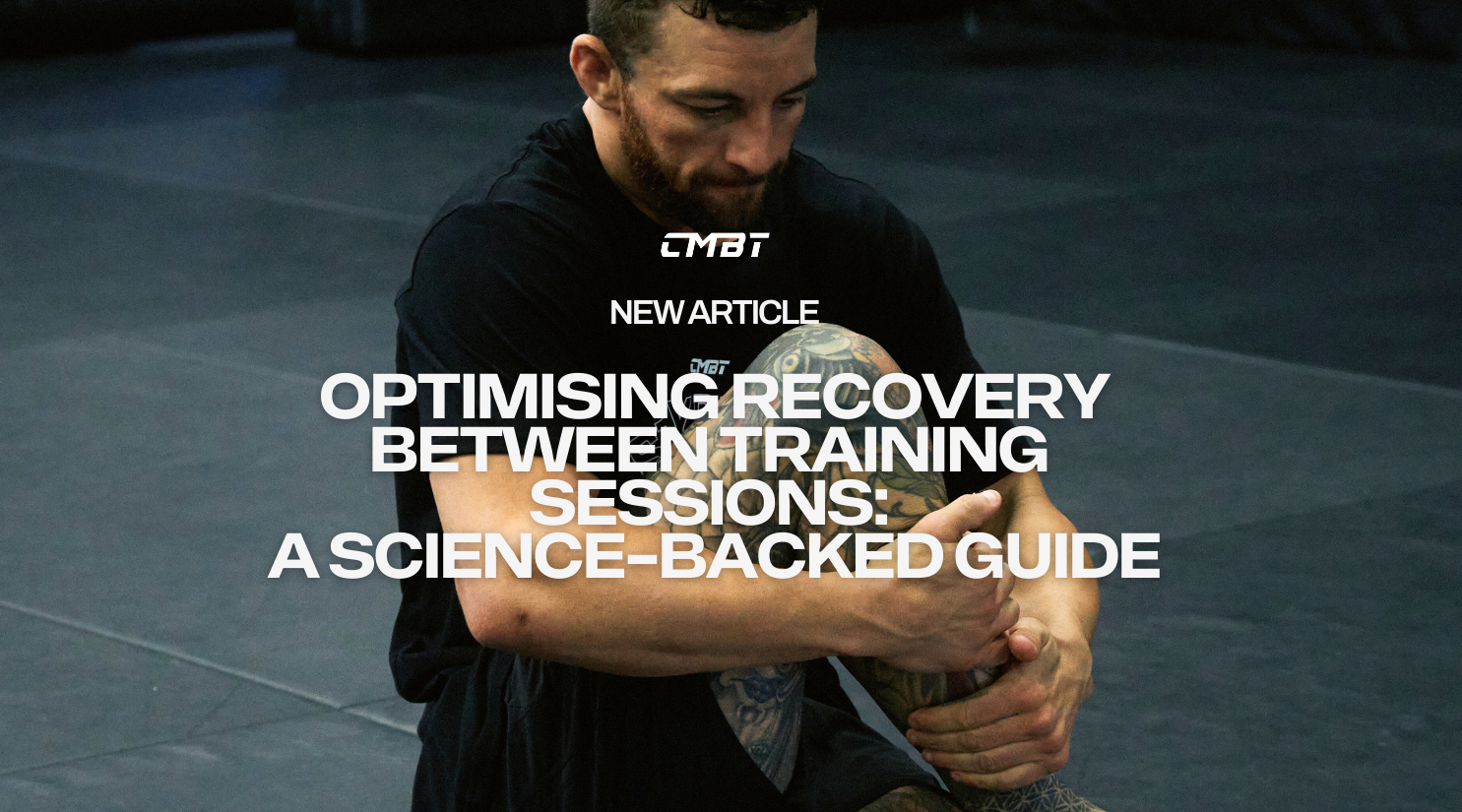



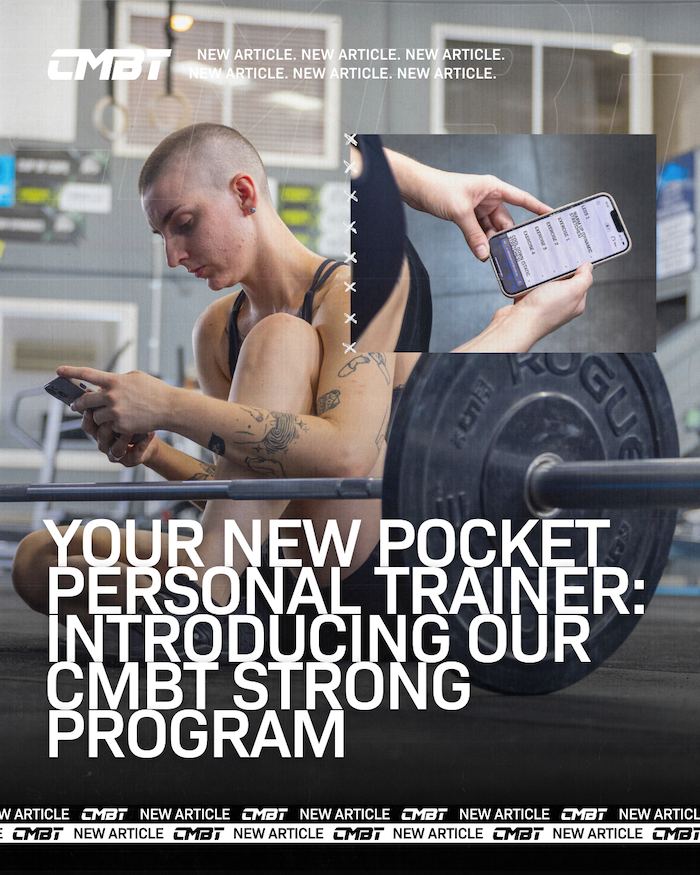
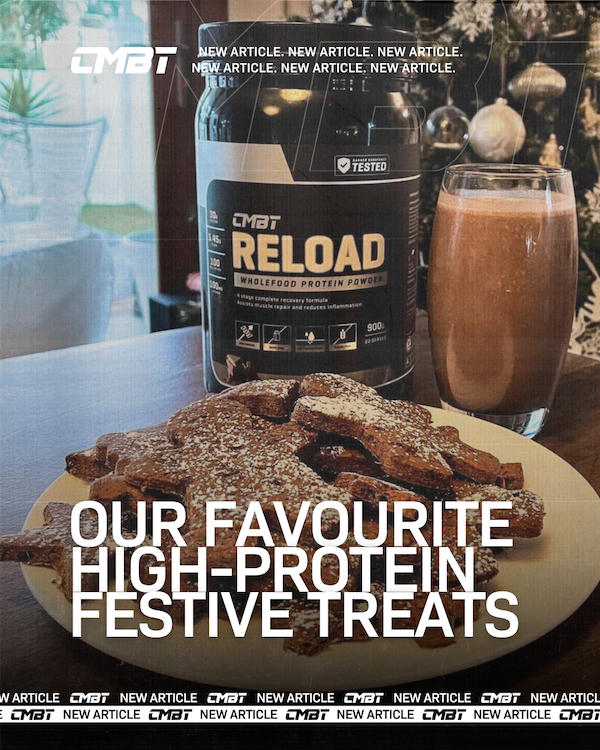

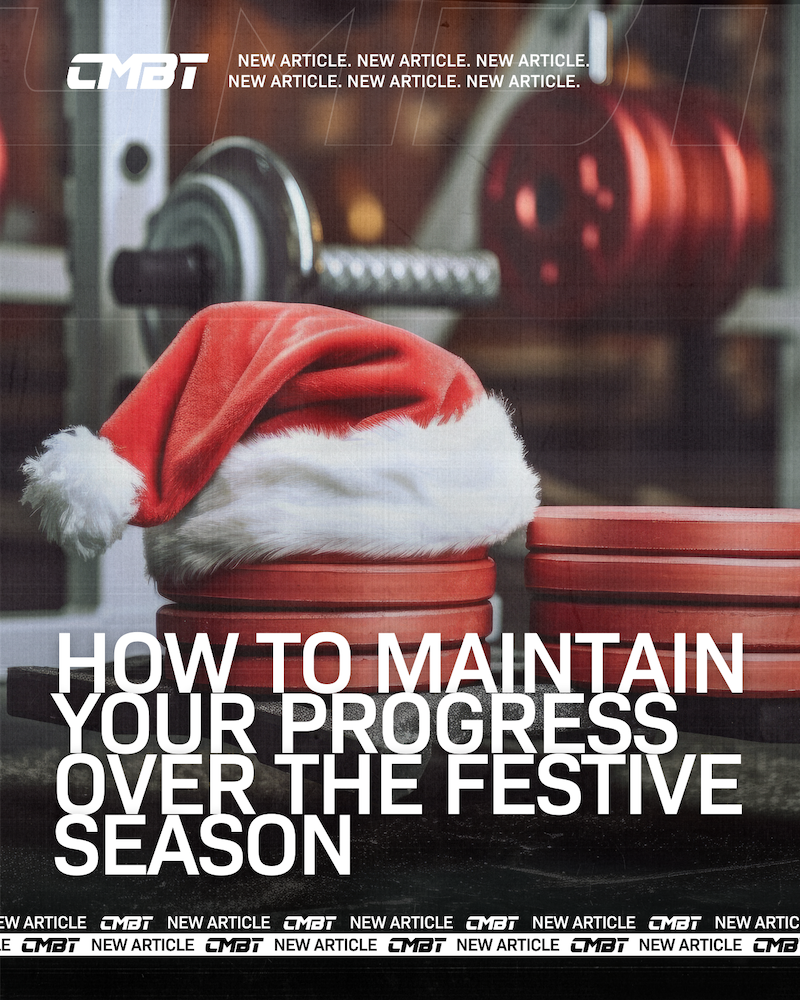




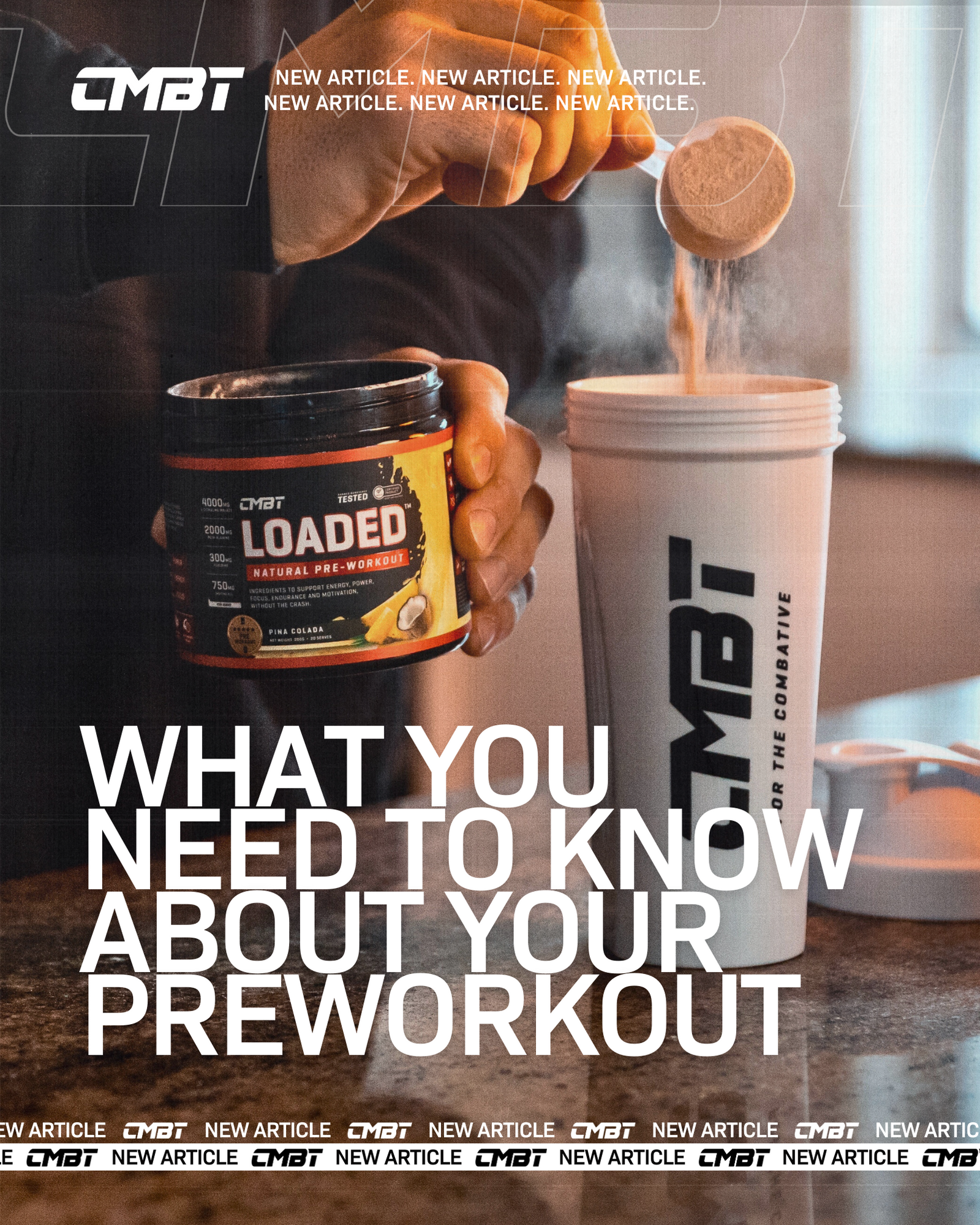


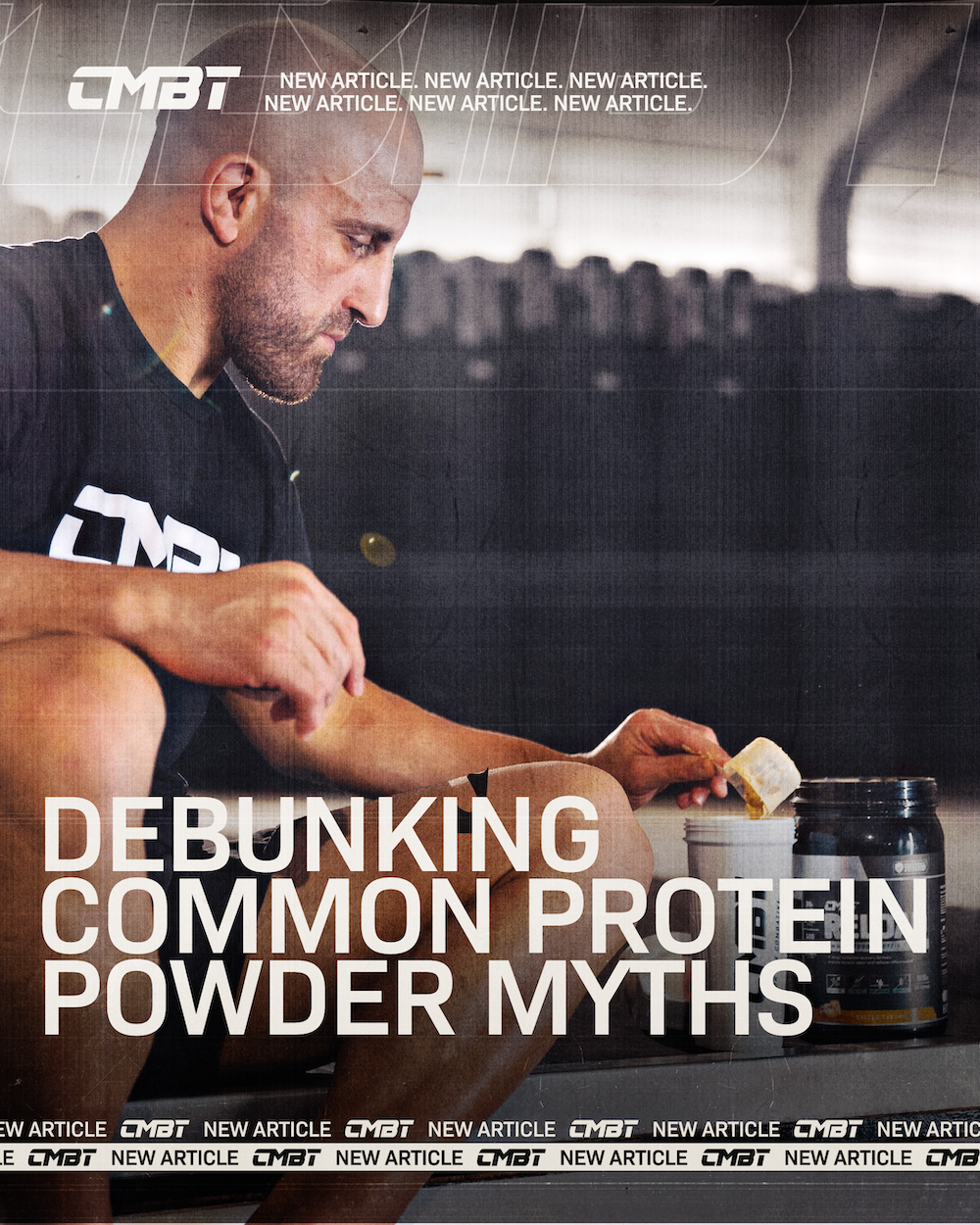







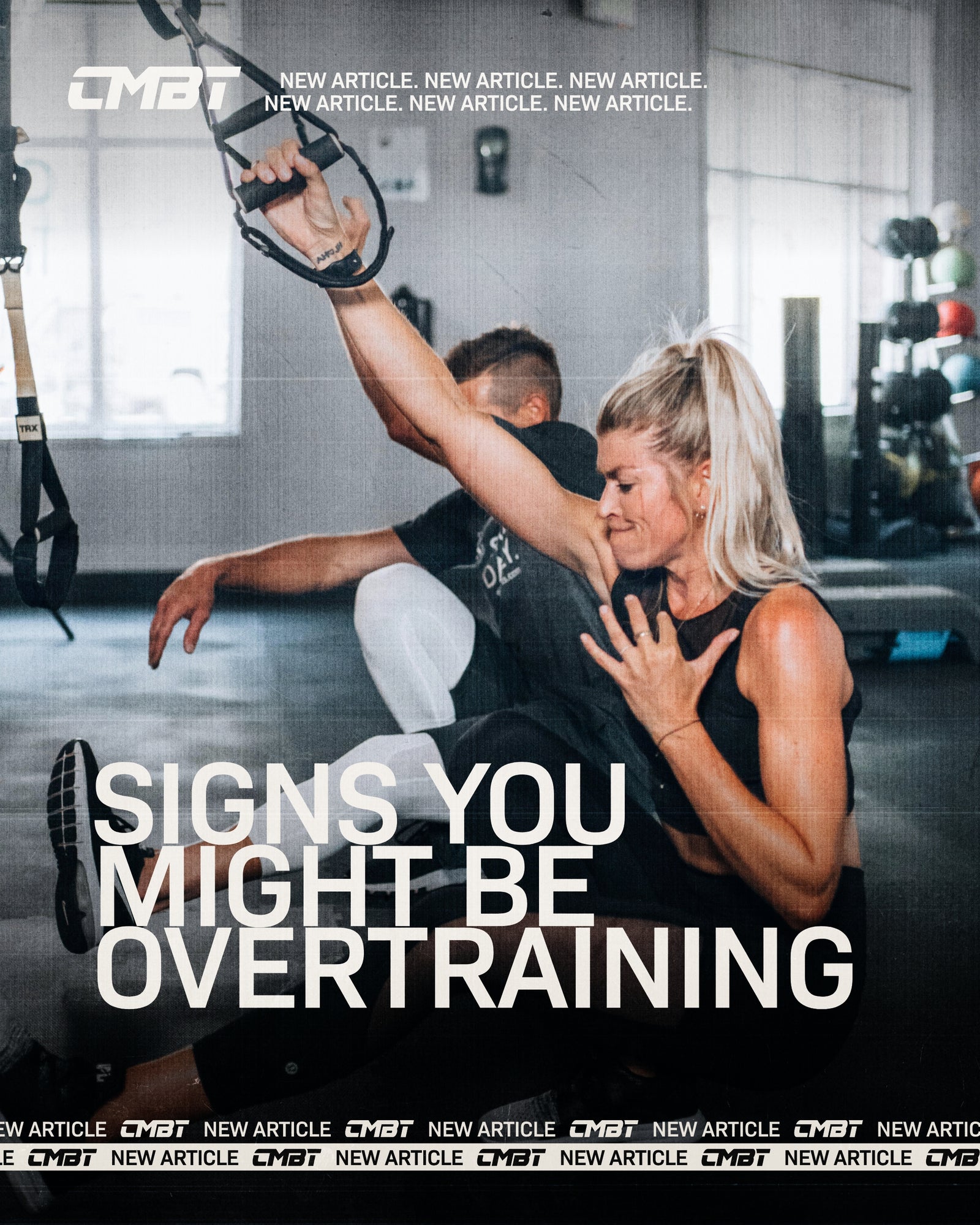


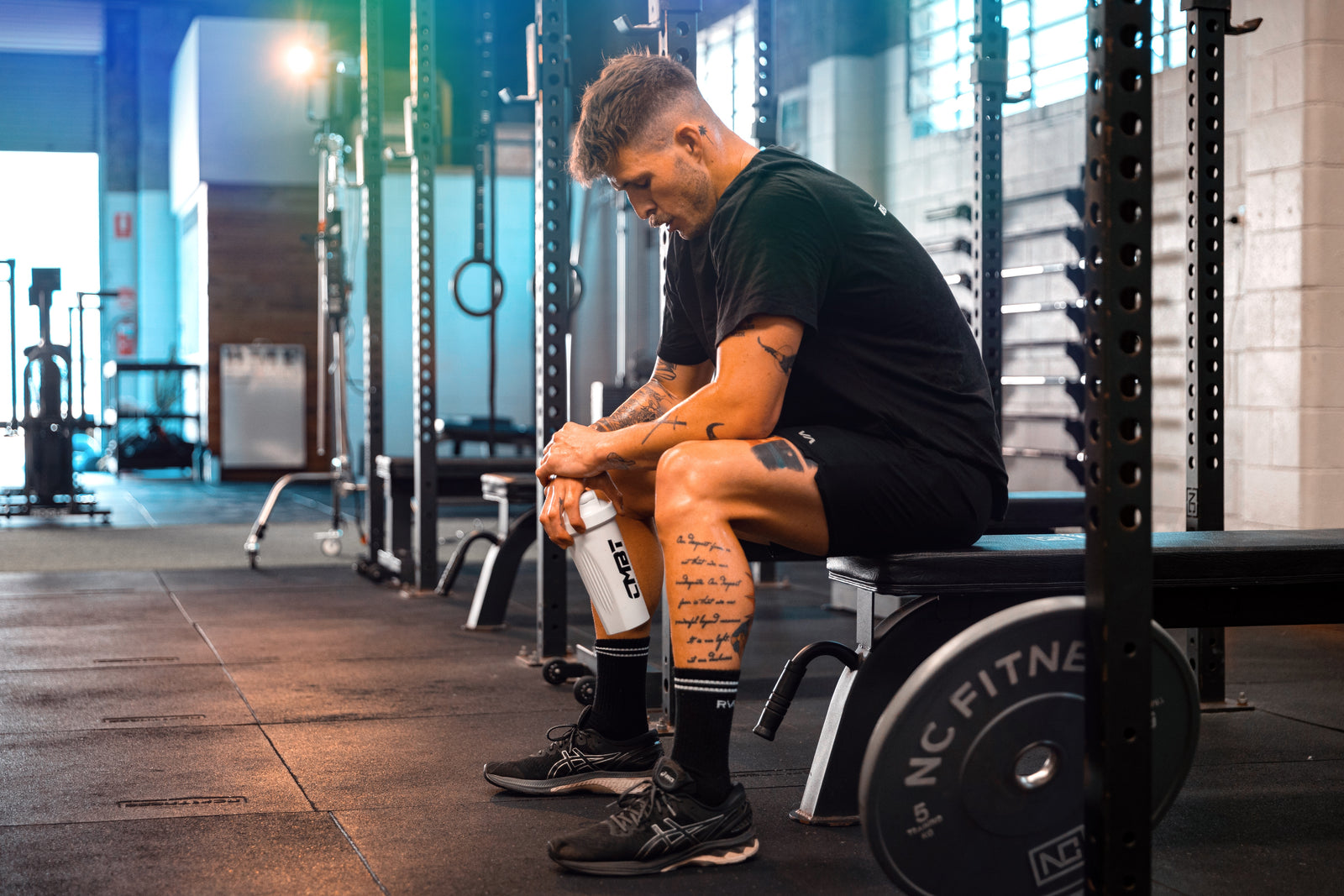



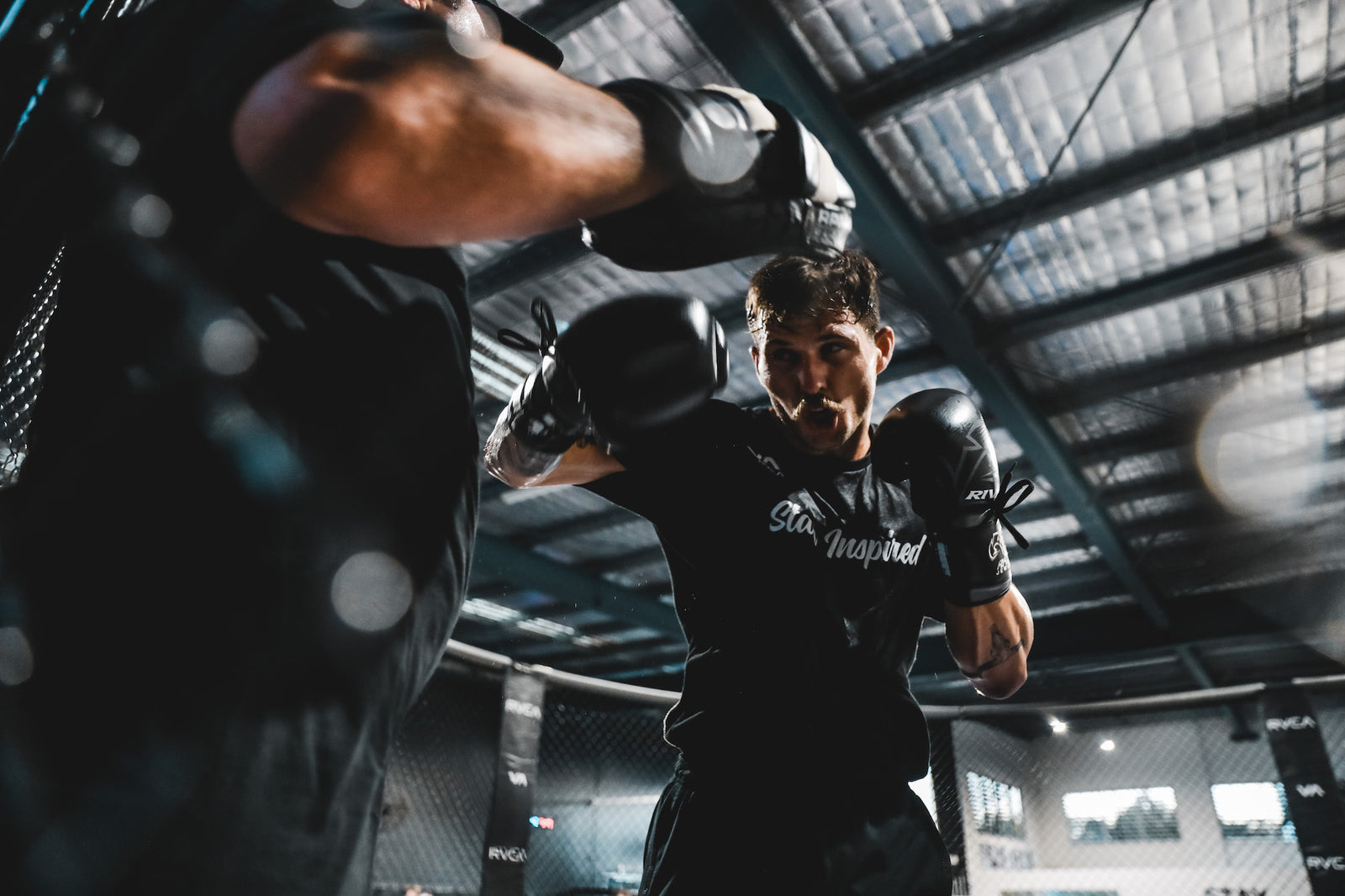
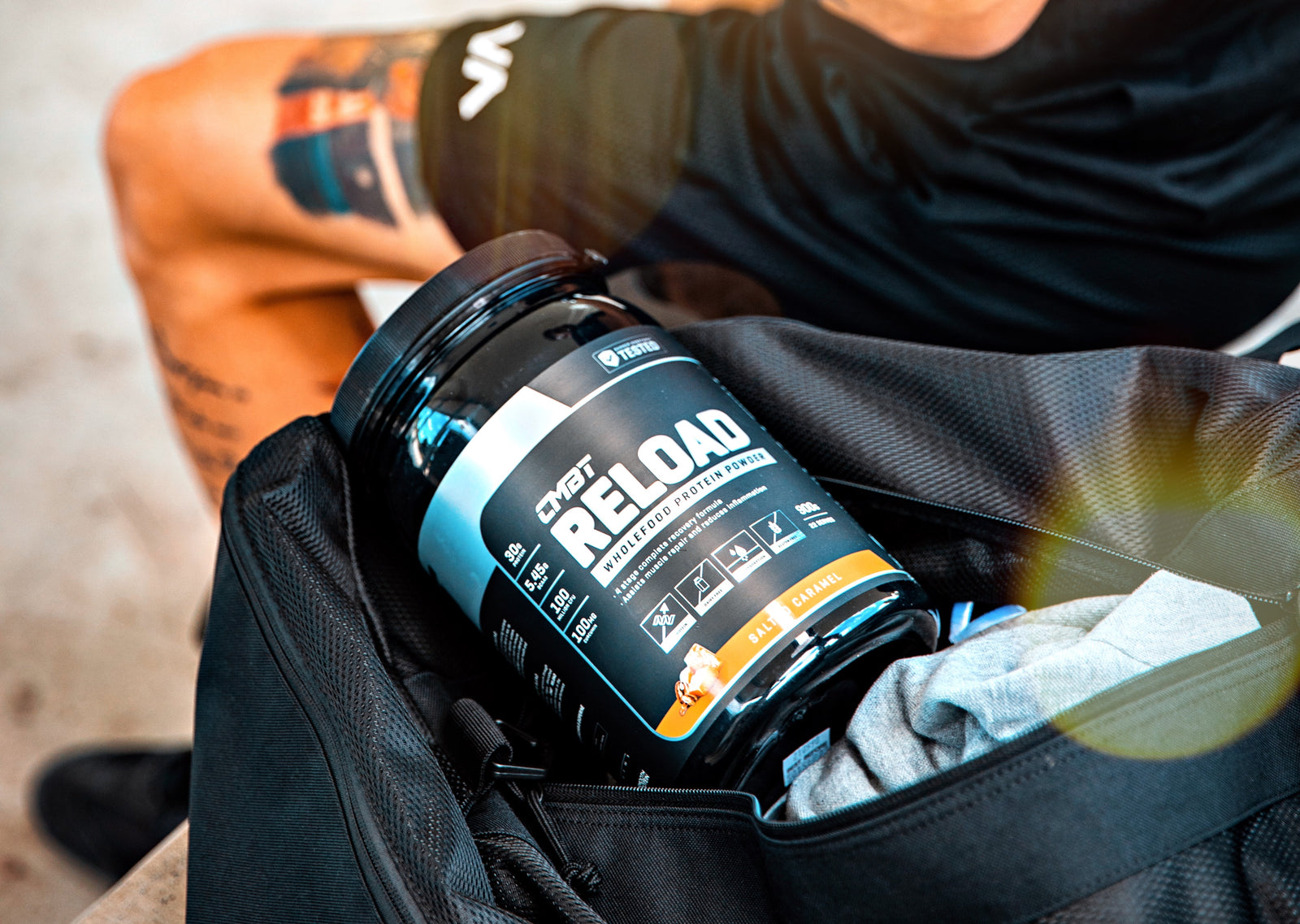
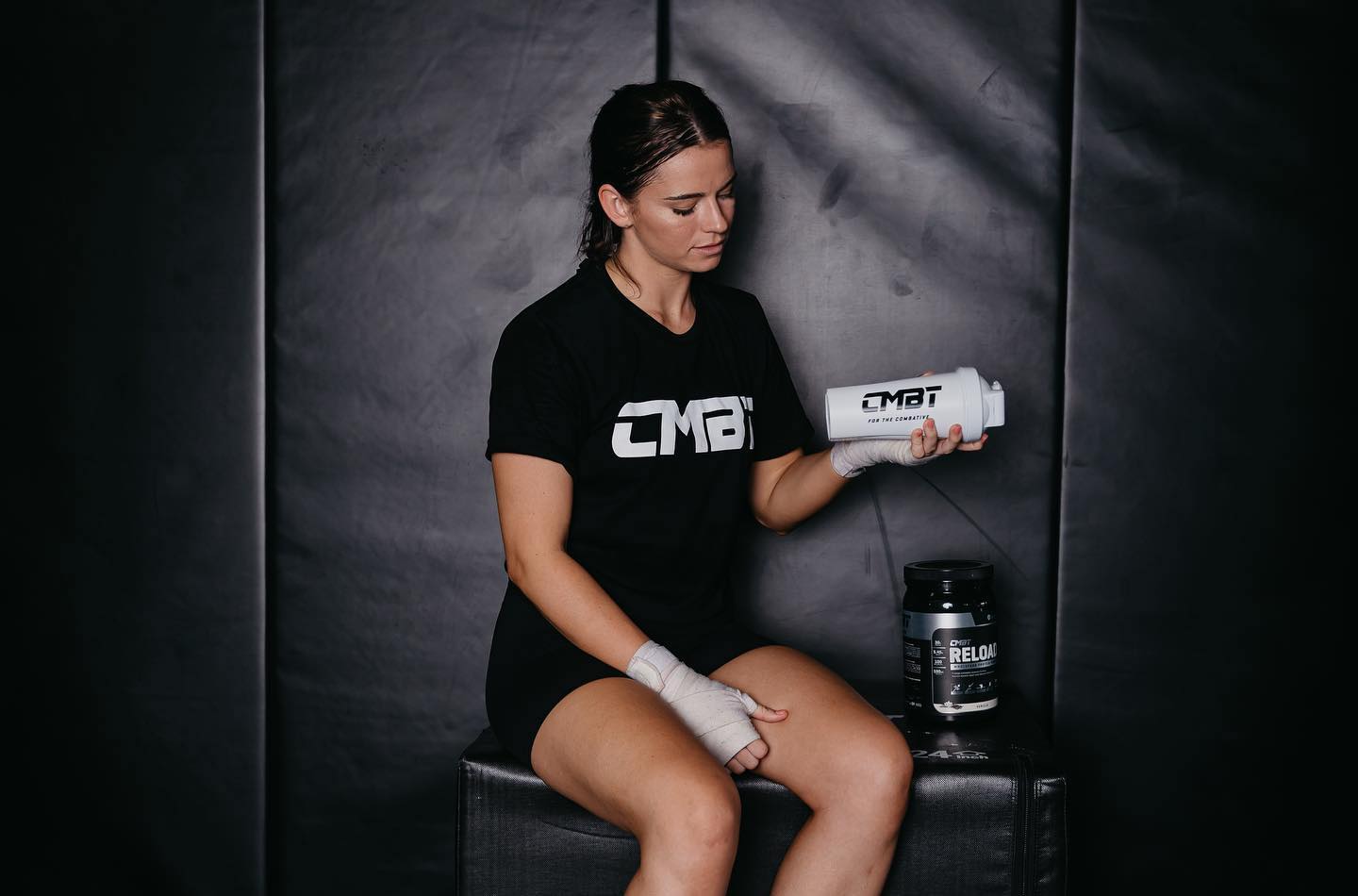


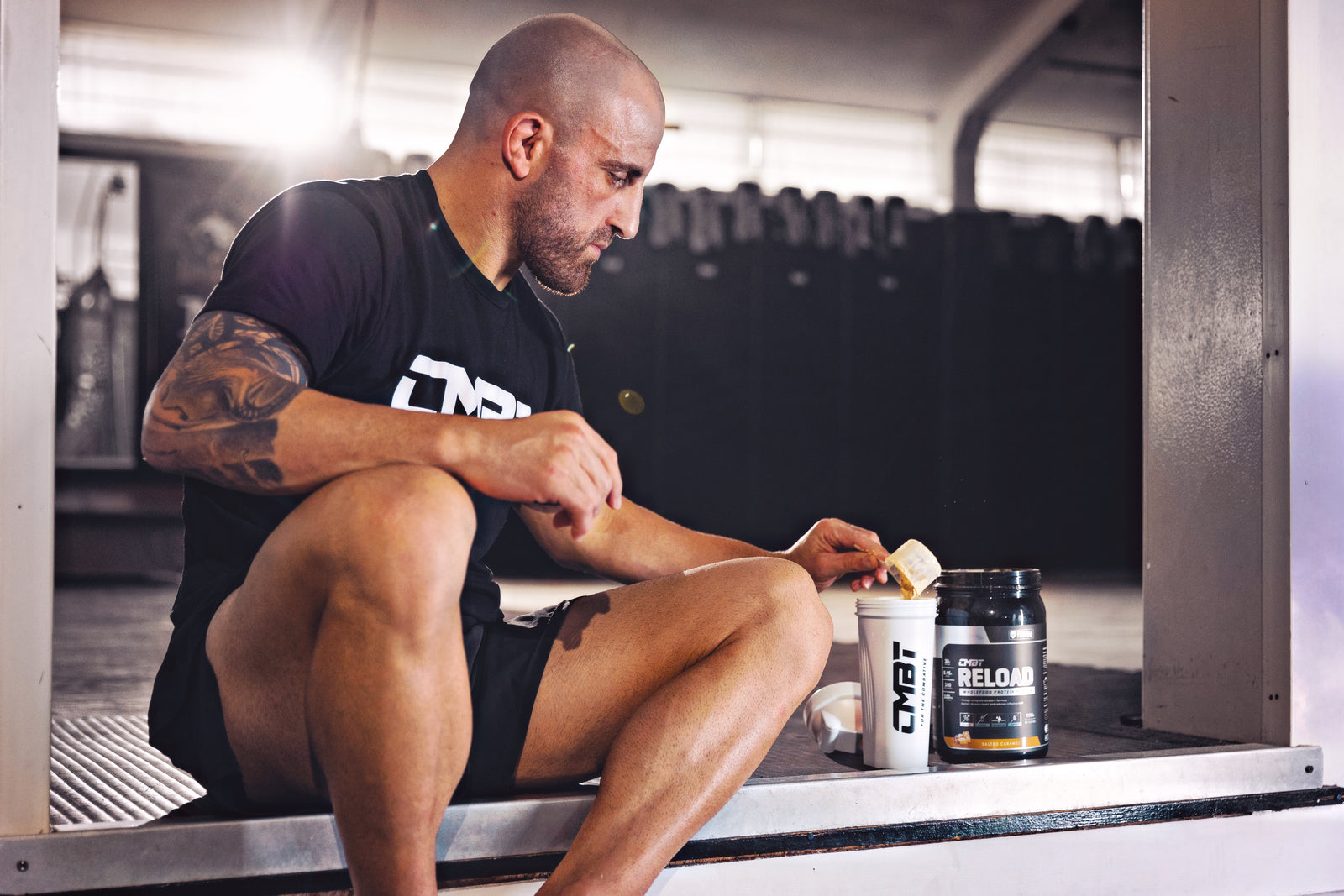


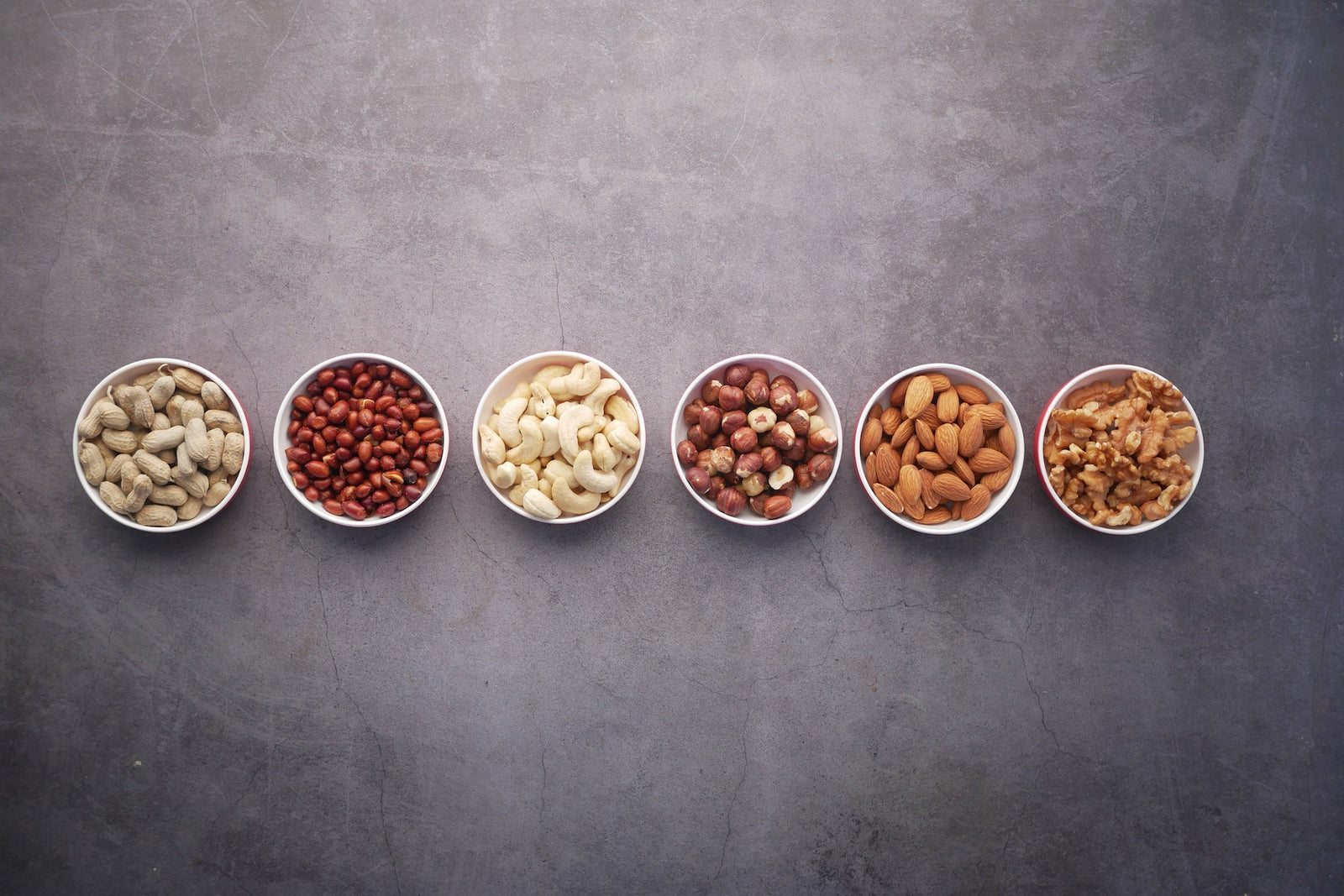

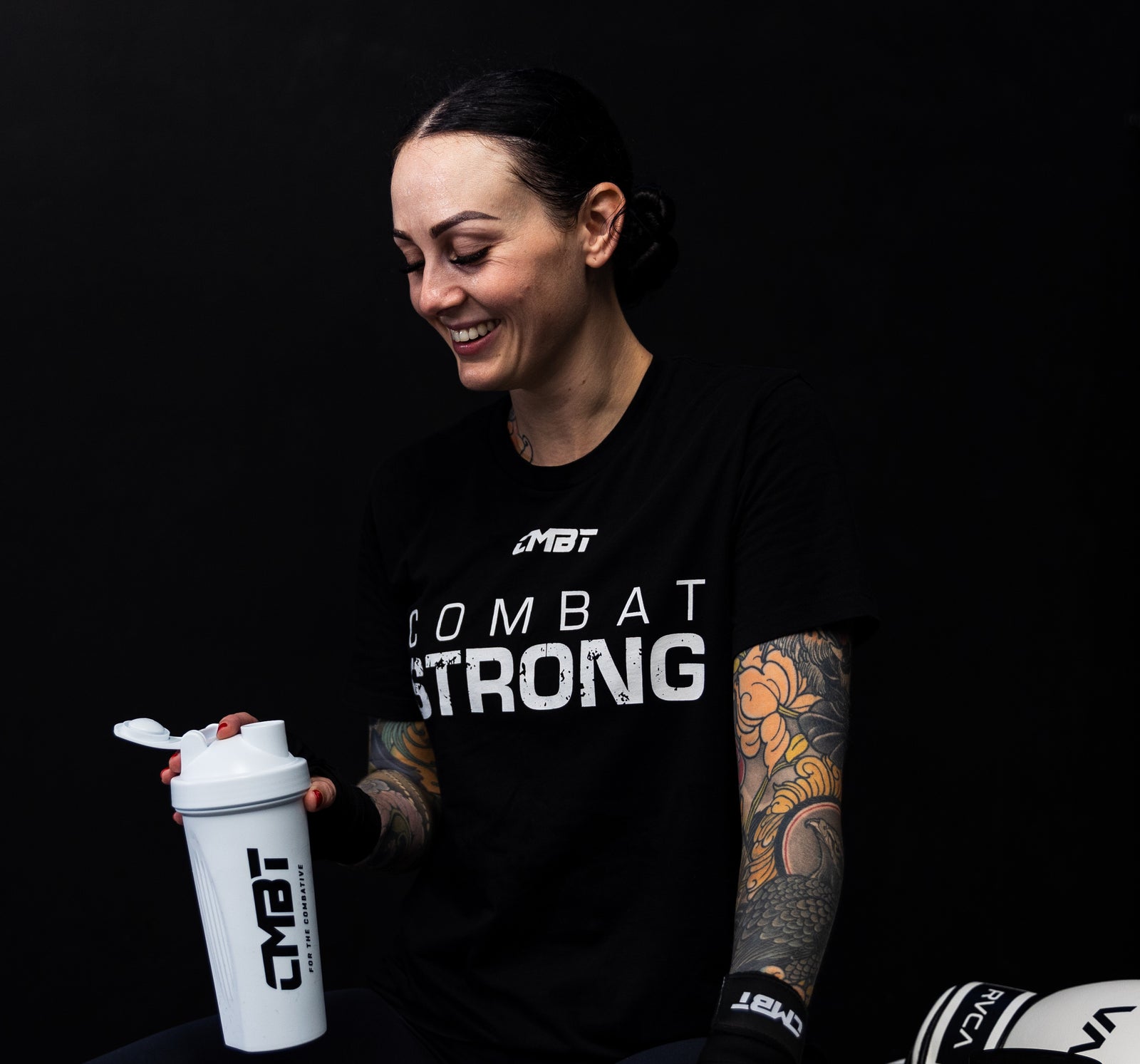
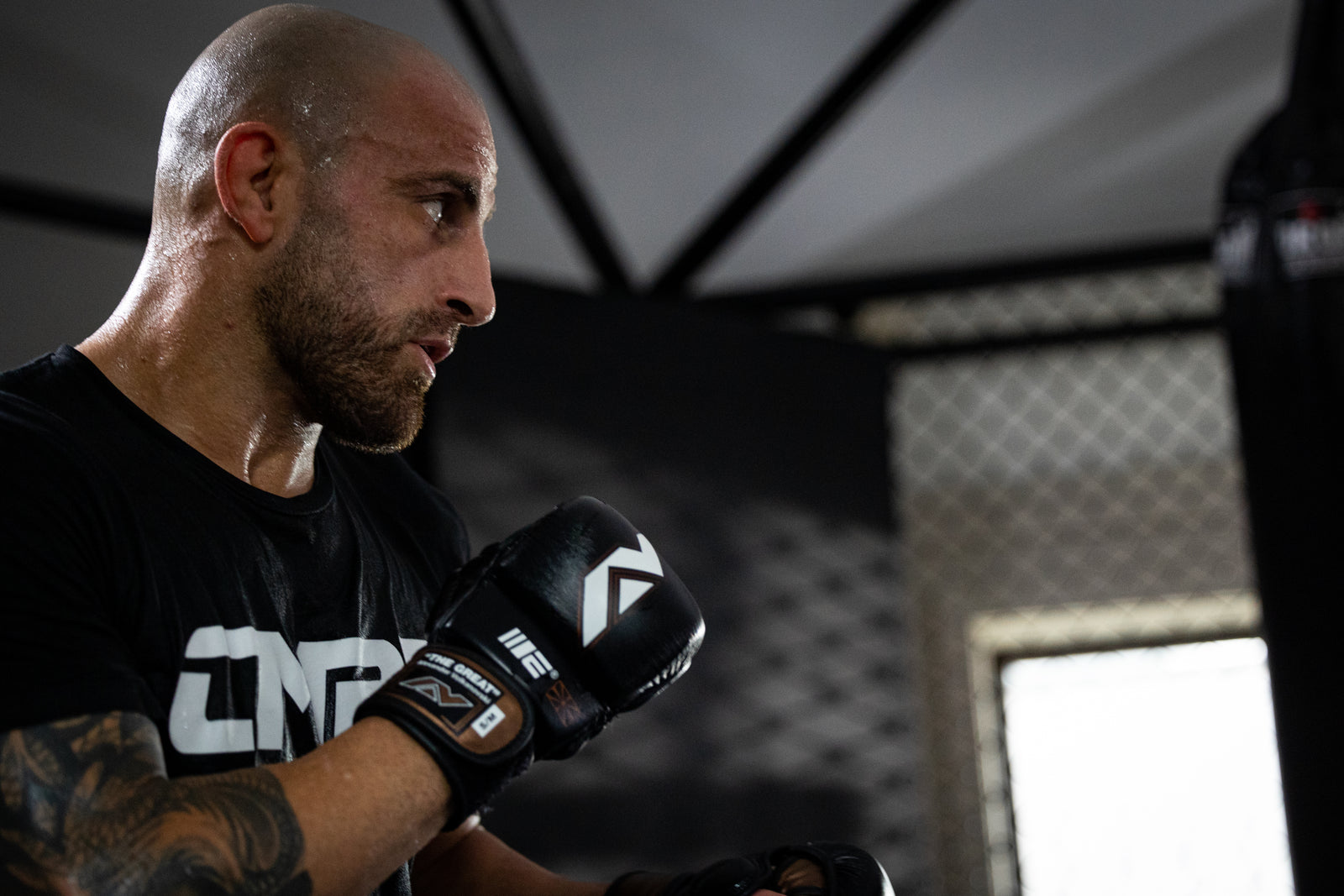
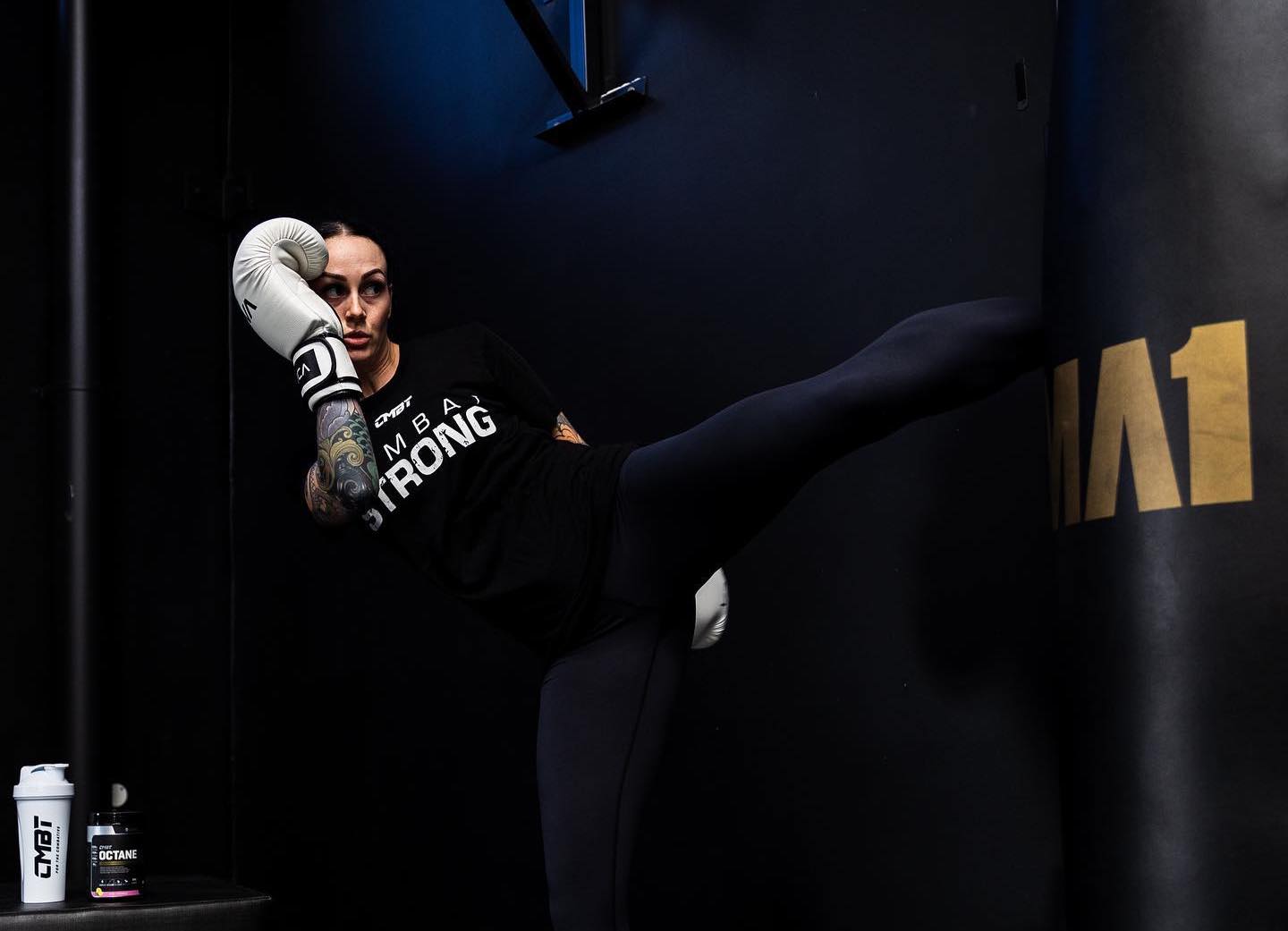




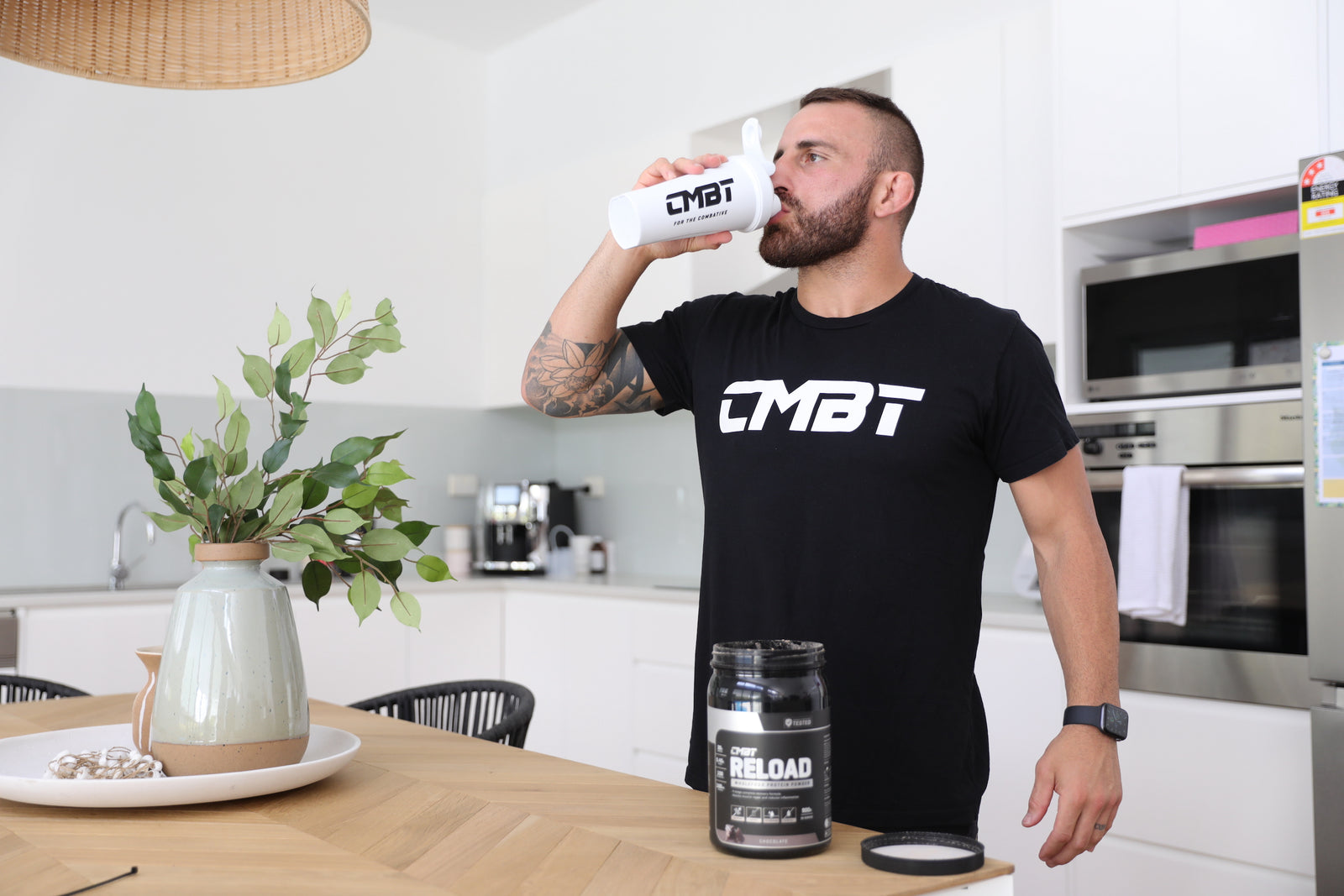
![[VIDEO] Fuel Your Passion feat. Sami Locke](http://cmbt.com.au/cdn/shop/articles/Sami.jpg?v=1625826844&width=1600)